POTS & Hydration: What You Need to Know
Around one to three million Americans suffer from Postural Orthostatic Tachycardia Syndrome (POTS), a blood circulation disorder affecting the autonomic nervous system. Symptoms of this condition include lightheadedness, brain fog, blurry vision, tremors, and nausea when standing up from a reclining position.
If you have been diagnosed with this condition, your physician has likely suggested ways of managing your symptoms. Dietary changes, an exercise regimen, sufficient sleep, and staying hydrated are likely to top the list of recommended self-care tips.
Understanding POTS and Hydration
Signs of Dehydration
Low blood volume and fluctuations in blood pressure are the primary causes of POTS. If you have POTS, sudden variations in your blood pressure along with rapid heartbeats or tachycardia and fatigue can mean you are dehydrated. Since there is an overlap between POTS and dehydration symptoms, it can be difficult to differentiate between the two. Staying tuned in to your body and maintaining a log of POTS symptoms and their triggers can help you quickly recognize the signs of dehydration and take remedial measures.
Why Hydration is Important
Being well hydrated can help maintain the blood volume, stabilize blood pressure, and ease the symptoms. Studies attest to this fact, and increasing your daily water intake can keep you from dehydrating. The ideal fluid intake for people with POTS is approximately 68 - 80 ounces daily.
The Benefits of Using a Smart Water Bottle
This is where a smart water bottle can be of help. They utilize the latest technology to help you meet your health and hydration goals. HidrateSpark smart bottles are equipped to track your fluid intake through embedded sensors and an app that pairs with your smartphone.
- The bottles let you fix daily goals and track your progress periodically.
- They have glow reminders to ensure you keep hydrating throughout the day.
- You can customize the glow frequency and color to complement your hydration routine.
Consistency is the key to effective hydration, so make it a point to carry your smart water bottle wherever you go and keep sipping whenever you get a reminder.
Tips for Using a Smart Water Bottle Effectively
To experience the maximum benefits of your smart water bottle, you need to configure it to suit your preferences. For instance, HidrateSpark water bottles can seamlessly integrate with fitness apps such as Google Fit, Apple Health, and Fitbit. With this, you can quickly and easily track your hydration habits alongside other health metrics.
- You can determine daily water intake goals simply by entering your age, weight, activity levels, and the weather at your location.
- When setting hydration goals, start small and work your way up instead of setting large, unrealistic targets.
- Since you can customize the frequency and timing of reminders, tweak them to suit your daily schedule better.
- You could make your hydration schedule a bit more fun by trying different water flavors. Lemons, cucumber, and mint are common add-ins that can give the water some zest and delicious taste.
One of the keys to managing POTS through diet modifications is drinking fluids periodically all day long. When paired with smart water bottles, tools such as Hidrate Health can help with collecting data that is helpful to care providers in identifying patterns. This can assist them in tailoring healthy and impactful solutions for POTS patients to reduce the impact of this chronic condition on their day-to-day life.
Hidrate Health is available for teams also and can be used to create fun, motivational challenges that help instill lasting hydration habits. Set off on the path to better hydration and make HidrateSpark smart water bottles an integral part of your life.
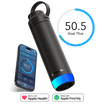
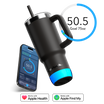

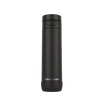
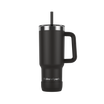
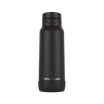
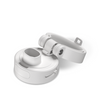
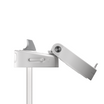


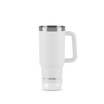
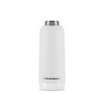
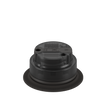
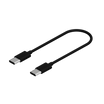




Leave a comment
This site is protected by hCaptcha and the hCaptcha Privacy Policy and Terms of Service apply.